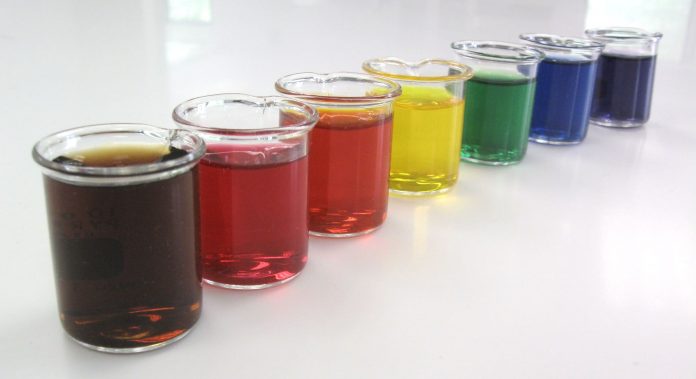Synthetic food colorings continue to be scrutinized by label-conscious buyers, propelling businesses like GNT’s Exberry line of natural “Coloring Foods” into the limelight. GNT markets. Exberry Coloring Foods as providing looks, productivity, and organic food appeal. Fruits, vegetables, and other food plants are used to create the hues.
They are produced without the use of organic solvents by mild physical procedures like pressing, cutting, filtering, and consolidating. Exberry colors are basically of two types: liquid and powder.
Exberry Coloring Products are produced at a rate of 8,000 metric tons per year on average. According to Hoeck, this equates to nearly 35 billion servings of food and drink.
Exberry Coloring Food products are manufactured in over 400 different colors and are distributed worldwide. All are halal certified, kosher parve certified, and vegetarian and vegan friendly. The producer has also produced organic alternatives.
Color creation in a circle
GNT’s strategy is to form long-term connections with farmers in order to obtain the raw ingredients required to manufacture Exberry Coloring Foods. In order to supply the specific color shade necessary, these producers manufacture crop types from seeds produced by GNT’s expert agronomists.
By keeping a regular interaction, the company’s agronomists play an essential part in establishing and maintaining relationships with the company’s producers. “It is a longitudinal strategy that helps to gain complete control of the supply chain, allowing it to convey consistent color quality and order to fulfill the requirements,” says the company.
“We offer the seeds to farmers, and they pay us for their crops on a long-term agreement.” We must build reciprocal trust with our farmers. “We buy all of our products back from our growers at a fixed price, which assures price consistency for our end users,” explains Hoeck.
Up to 80% of the vegetables, fruits, and culinary herbs used to manufacture Exberry Coloring Foods are grown near the company’s production facilities in Heinsberg, Germany. Because the crops are close to the mill, raw materials come while they’re still green. At this stage, they are either made effective or preserved for later usage, ensuring that the color quality is optimal.
Semi-finished concentrates are delivered from Heinsberg to GNT’s facility in Mierlo, in which they are mixed and further manufactured into the production of parts suitable for use in food and beverage products. GNT’s substantial-quality assurance department is also located in Mierlo.
Because no synthetic pesticides are used in the creation of colored foods, there is no possibility of chemical contaminants entering the Exberry production chain. The biodegradable waste produced after treatment is utilized as animal feed. 95% of the raw material leftovers are used for dinner (GMP+ approved) or biogas generation.
“Because the garbage we create is animal food, we are nearly a zero-waste firm.”
“When we separate the pigments from carrots, we are left with leftover fibers that we provide to farmers to feed their cattle,” says Hoeck.
“Colors should be regarded favorably. Because our colors are derived from nature, we can portray a pleasant and straightforward tale. “Nature has much more to offer,” he says in the end.


































